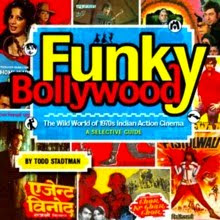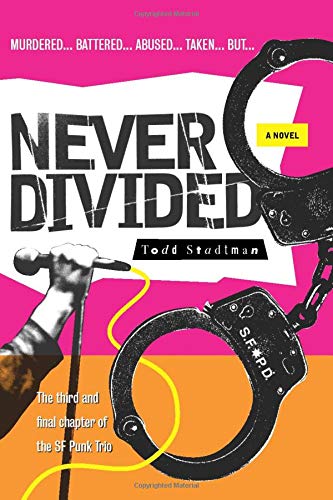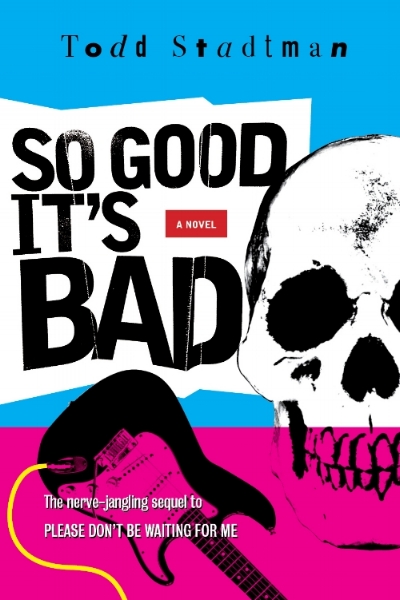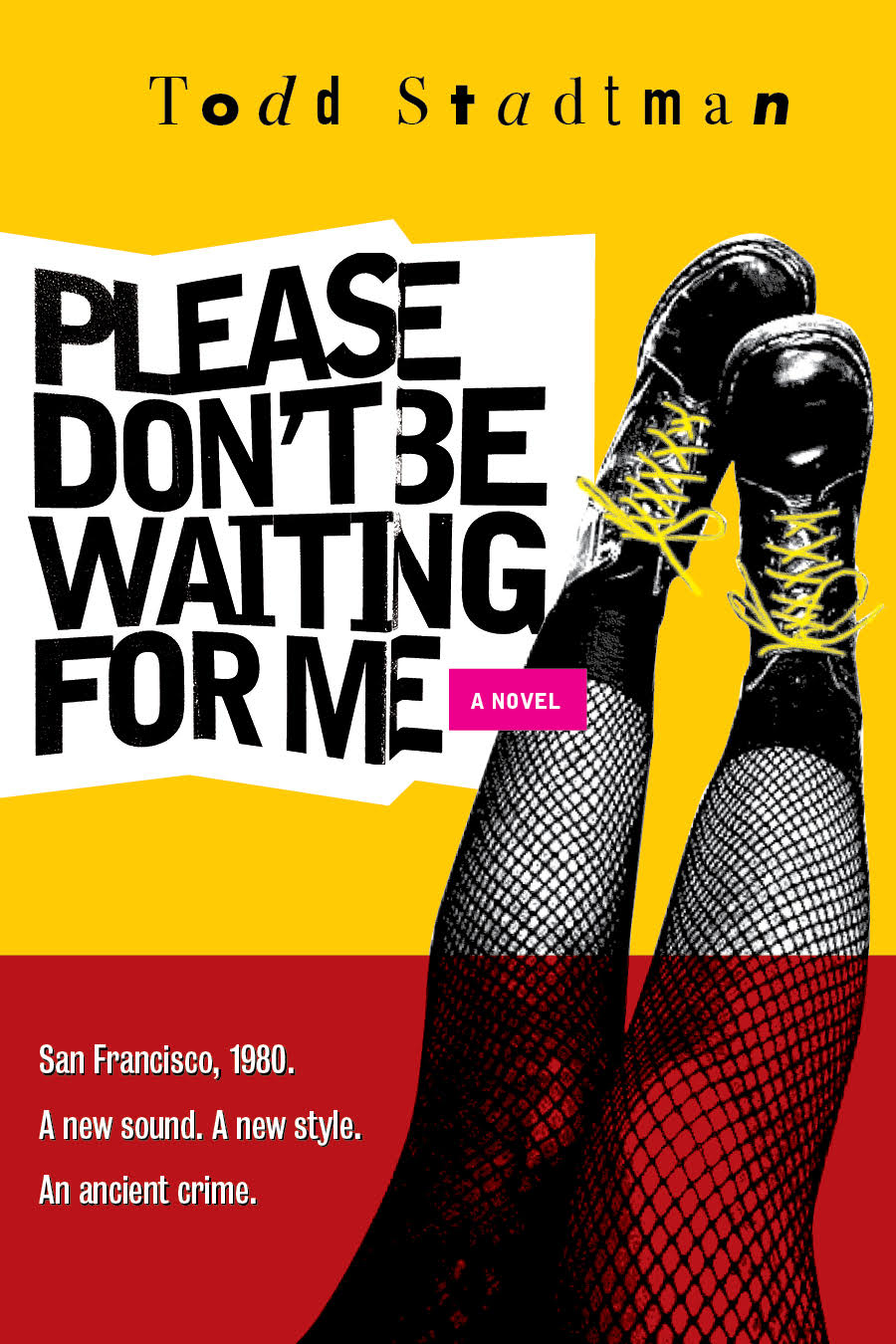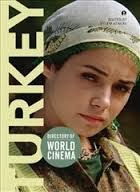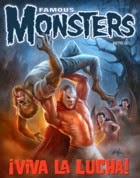With the likelihood of rainy afternoons increasing and, with it, the need for cozy and undemanding entertainment, I’m here once again to point out that there are more exotic alternatives to the usual roster of Hollywood chestnuts on TCM. Consider, for instance,
Ebn Hamido, a classic crowd pleaser from Egyptian cinema’s golden age. Provided you don’t mind your romantic comedies delivered with a lot of shouting, it could just prove an invaluable weapon in your war against the holiday blues.
Ebn Hamido stars the beloved Egyptian comic™ Ismail Yassin -- this time, for you ladies, paired up with the undeniably pretty Ahmed Ramzy, who is as smoldering as he is perpetually bare-chested. The two stars play, respectively, friends Hamido and Hassan, who, as the film begins, arrive in the city of Suez on a putative search for work as fishermen. Almost immediately, they encounter the boisterous sisters Azeeza and Hamida, the daughters of the city’s “Chief Fisherman”, and, almost immediately after that, become engaged with them in a spirited screaming match.


Azeeza is played by Egyptian screen bombshell Hind Rostom, who, throughout much of the film, wears a sheer, form fitting shift that makes her come across like the Arab world’s answer to Sophia Loren. Rostom’s Azeeza may strike you as either delightfully sharp-tongued or unbearably shrill, depending on your inclination, though I definitely found her the former. As for Hamida, she’s played by the comedienne Zenat Sedky, who was something of a stock player in Yassin’s films during this period. As their similar names unsubtly indicate, Hamida and Hamido are destined for attraction, something that sets in immediately even with all the shouting going on. We also see some amorous sparks fly between Hassan and Azeeza.
In dispute is a fish that the sisters allege Hamido and Hassan swiped, which they did. In order to resolve the matter, the four go before the girls’ father, Hanafi (the wall-eyed Abdel Fatah Al Kasri, who was the Abbot to Yassin’s Costello in
Haram Alek). But Hanafi is so pleased to see the attraction between Hamida and Hamido that he instead offers the men room and board. (The quirkier looking Sedky is apparently meant to be playing the “ugly” daughter.) He then arranges for them to buy a ramshackle fishing boat that, after an absurdly jubilant christening ceremony, immediately sinks.
The sale of said boat was brokered by Al-Baz (Tewfik El Dekn), an unctuous local operator whose wealth has bought him the promise of Azeeza’s hand in marriage from her parents. Azeeza, for her part, can’t stand him, and has sought to slow things down by decreeing that she won’t marry until Hamida has -- making Hamida what would, in contemporary parlance, be referred to as the “grenade”. This makes Hanafi that much more eager to hurry a union between Hamido and Hamida, while Azeeza, seeing hope of a reprieve in Hassan, is sadly informed that Hassan has some kind of mysterious “mission” he must complete before considering matrimony.
The drama in
Ebn Hamido decidedly kicks up a notch when a jealous Al-Baz plants a brick of Hashish on Hassan and Hamido, leading to them being arrested as drug traffickers. This forces them to reveal to the local authorities that they are in fact undercover policemen, and that they are in Suez to investigate a drug trafficking ring that Al-Baz himself is involved in. This last would be a satisfying and unexpected twist had you not previously read anything written about
Ebn Hamido on the internet, or on its DVD case -- or, for that matter, in this review (sorry!). In any case, it adds to the movie’s already agreeable mix of eye candy, romantic comedy, and gratuitous belly dancing numbers a welcome element of low intensity crime thriller atmosphere. It also provides the opportunity for some well landed, if somewhat predictable, humor -- such as a junior officer, whose deference threatens to blow Hamida and Hassan’s cover, showering them with a torrent of verbal abuse whenever anyone comes within earshot.
Directed by Fatin Abdel Wahab (who helmed the also quite enjoyable
Bride of the Nile, as well as the less so
The Haunted House),
Ebn Hamido is as slickly accomplished as we’ve come to expect from Egypt’s studio system of this era, and is imbued with no small amount of comic energy and generous good humor. Ismail Yassin is his dependably rubber-lipped self, playing, as is so often the case, a character whose slow witted demeanor masks a deceptively shrewd intelligence -- even if it is a bit hard to buy him as a sure-footed undercover cop. Furthermore, Ahmed Ramzy and Hind Rostom bring to the film an undeniable A-list glamour, providing satisfying weight where an admittedly frothy script does not. And, hey, even those wary of cultural dissonance will be heartened by the film’s attitude toward arranged marriage, which appears to be on the progressive side -- although a later sequence, in which the wife of a perpetually henpecked husband reacts with jubilation when he slaps her, will understandably undo a lot of that.
Ebn Hamido’s climax combines the old “will they make it to the wedding on time” rom com gambit with a scrappy fight sequence that’s one part slapstick and one part classic B movie roughhouse, as such providing a neat summation of the genre alchemy at work throughout the movie as a whole. And, as a whole, it’s the type of unpretentious crowd pleaser that’s capable of provoking demon nostalgia in even those too young to know better. It’s no masterpiece, mind you, but certainly an enjoyable trifle. Especially in those moments when only a trifle will do.

























